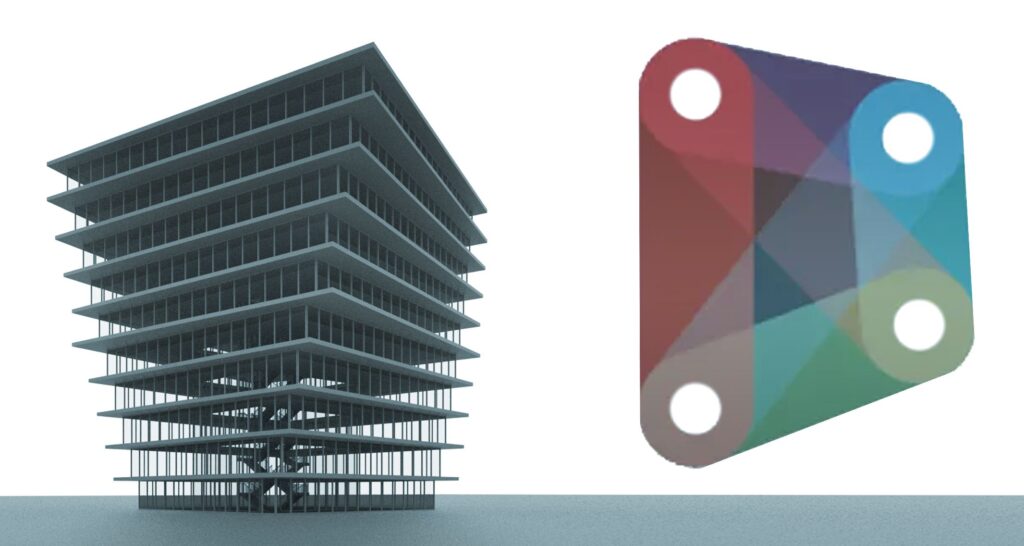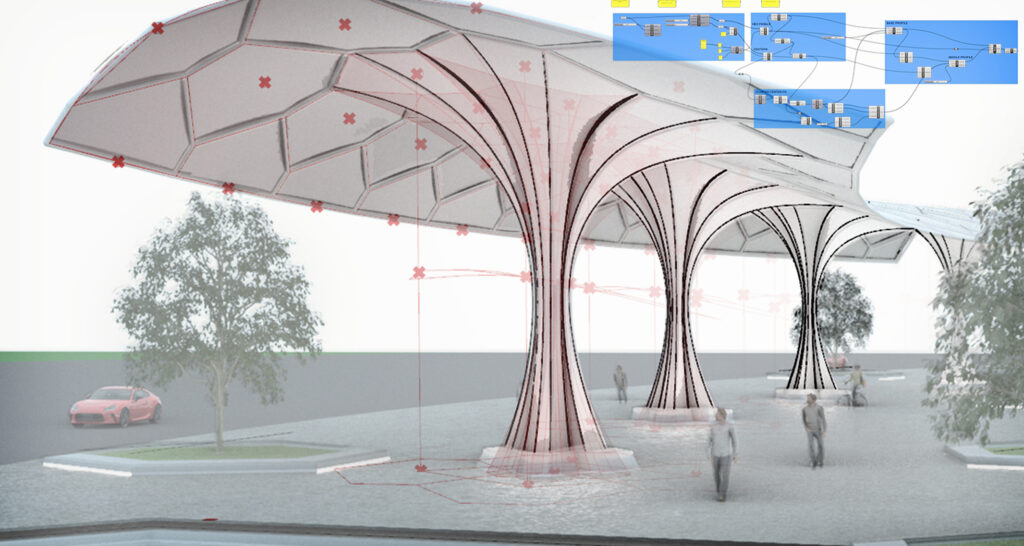The Postmodern Influence in Star Wars Architecture: A Visual Journey Through the Galaxy
Since its release in 1977, the beloved Star Wars film series has won over audiences all over the world. Its distinctive fusion of science fiction and fantasy elements, which is evident in the tale and characters as well as the design and visual aesthetic of the movie, is one of the factors contributing to its ongoing popularity. Postmodern architecture is one specific design that has affected the Star Wars world.
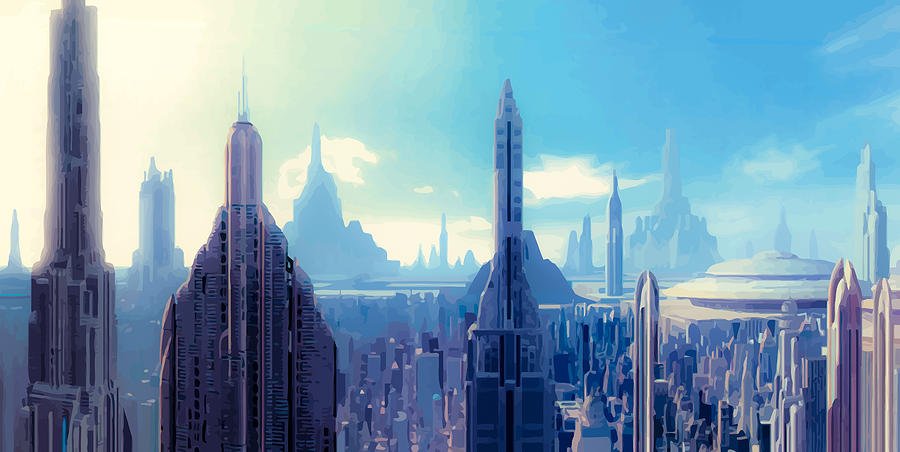
The rigid modernist architectural concepts that had dominated earlier decades gave way to postmodern architecture in the latter half of the 20th century. Modernism prioritized functionality, simplicity, and the use of new materials and technologies, which frequently produced bare, lifeless structures. On the other hand, postmodernism aimed to reject these strict guidelines and embrace a wider range of eclectic design aspects.
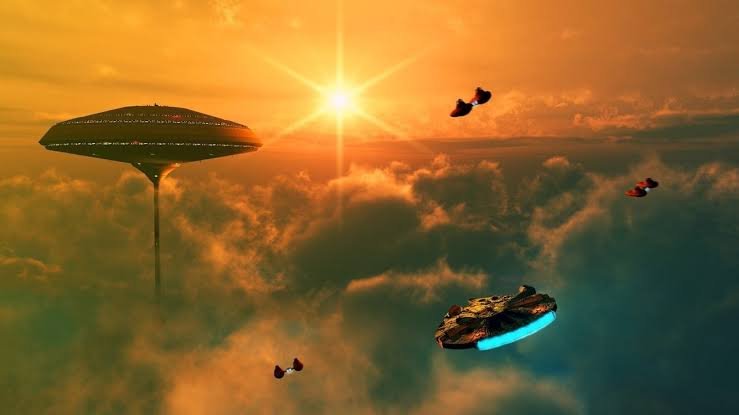
Many famous buildings in Star Wars, including the Jedi Temple, Cloud City, and the Naboo Palace, were designed in a postmodern style. These structures combine classical and modern design features with elaborate ornamentation, curved lines, and a variety of materials, including stone, metal, and glass. These features give the buildings a feeling of grandeur and heritage while simultaneously combining cutting-edge technology.
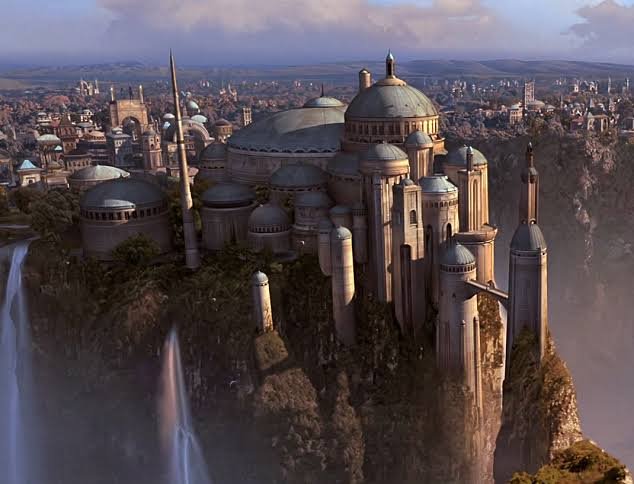
One outstanding example of postmodern architecture in the Star Wars world is the Naboo Palace, which can be seen in Episode I: The Phantom Menace. Renaissance, Baroque, and Art Nouveau are among the architectural eras represented in the palace. Its curved contours and elaborate features lend it a feeling of elegance and grandeur, and it is made of a combination of stone, glass, and metal. The palace also has cutting-edge technology elements like holographic displays, automated entrances, and security systems.
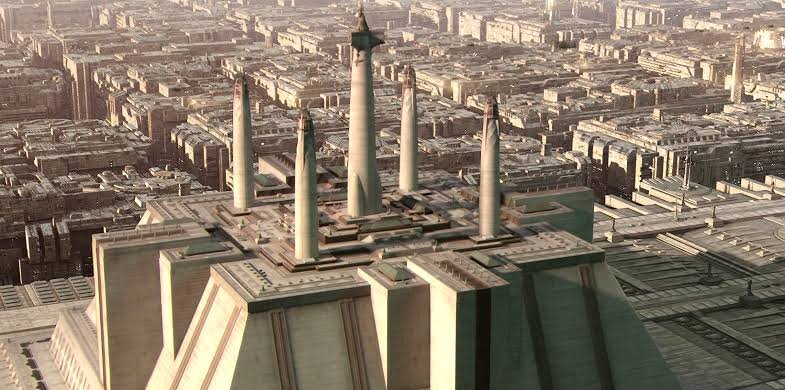
Another example of postmodern architecture in the Star Wars universe is the Jedi Temple, which can be seen in a number of the film and television series. The temple’s architecture combines traditional features like columns and arches with more contemporary ones like metallic finishes and angular angles. Holocrons, which are antiquated objects that hold a wealth of wisdom and information, are one example of the advanced technology found in the temple.
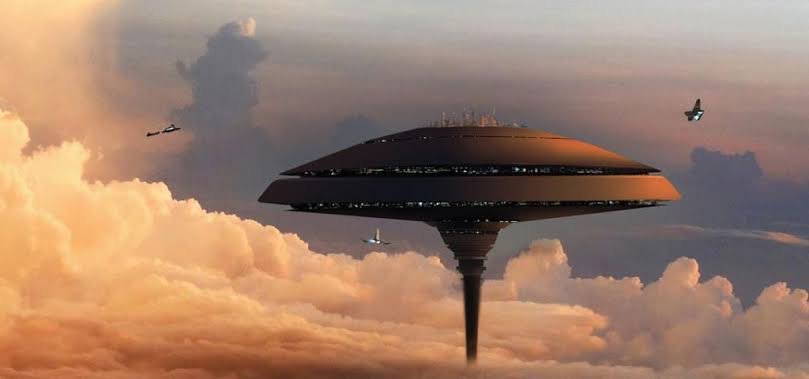
Yet another instance of postmodern architecture in the Star Wars universe may be found in The Cloud City, which can be seen in Episode V: The Empire Strikes Back. The city’s curving curves and smooth surfaces give it a futuristic and upscale appearance. It is built from a variety of materials, including steel and glass. The city also has cutting-edge technology, such the carbon-freezing facility that is utilized to carbonite-freeze Han Solo.
The creative and avant-garde designs of well-known architects like Zaha Hadid and Frank Gehry may also be seen in these buildings. The Naboo Palace, which is modeled after their creations, combines several architectural styles and minute details to give it a sense of grandeur and elegance while also adding cutting-edge technology. These architects’ influence may also be seen in the Jedi Temple’s blend of traditional and modern design features and in the Cloud City’s smooth surfaces and curving curves.
In conclusion, the Star Wars universe has been significantly influenced by postmodern architecture, which has helped to create its distinctive and varied aesthetic design. The buildings and structures in the franchise have a feeling of antiquity, grandeur, and elegance because to the integration of classical and modern design elements, a variety of materials, and cutting-edge technology. Whether you like Star Wars or not, it’s obvious that the series has had a significant influence on culture, encouraging generations of designers and artists to think creatively and to embrace novel and cutting-edge design concepts.
Build Your Post Modern Design Skills With These Top Courses
